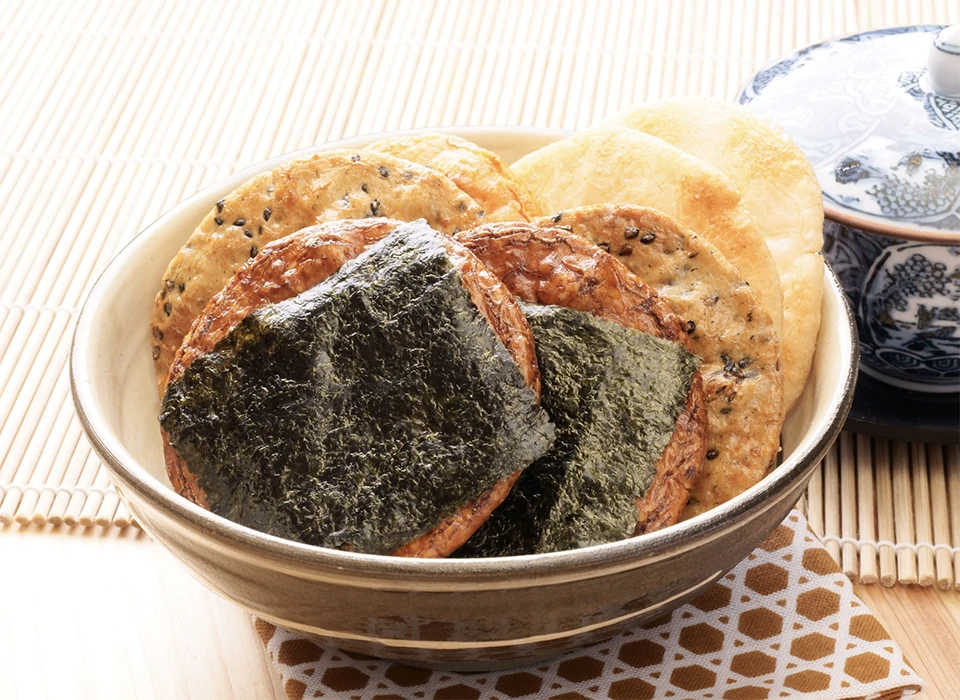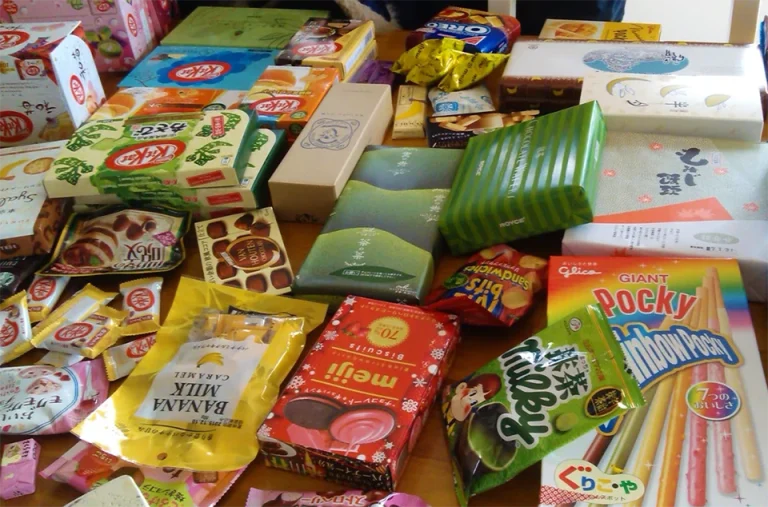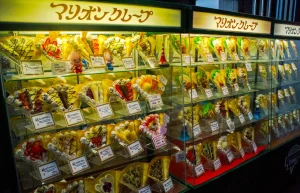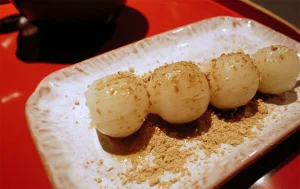Discovering the Charm: Why Japanese Snacks Are So Small and Delightful
Looking at the Bigger Picture of Small Japanese Snacks!
Hi fellow Japan foodie lovers. I know that we all love Japanese snacks and we all know their unique flavors, beautiful and creative designs, and more often than not, foreigners or travelers that come to Japan are surprised by their surprisingly small sizes. For many Westerners, like myself, the so-called “small” proportions of tiny Japanese snacks seem a bit too small for some of us (especially for Westerners coming to Japan). However, there are several cultural, practical, and historical reasons behind this. Let’s do a quick dive into why Japanese snacks are so tiny and what this reveals about Japanese culture.
Cultural Influences of Japanese Snacks and Servings
Portion Control and Mindful Eating
Japanese culture places a strong emphasis on portion control and mindful eating. The practice of hara hachi bu—eating until you are 80% full—is a well-known concept in Japan, originating from Okinawa. This concept has become the norm in Japan. Small snack sizes align with this principle, promoting moderation and preventing overindulgence.
Aesthetic Appeal and Presentation of Japanese Snacks
Japanese culture deeply values aesthetics and presentation. This principle, known as wabi-sabi, appreciates the beauty of simplicity and imperfection. Tiny snacks often come in carefully crafted, visually appealing packaging, enhancing the overall eating experience and making each bite a special treat.
Social Sharing
In Japan, sharing food is a common practice, whether during festivals, family gatherings, or casual get-togethers. Small snacks are ideal for sharing, allowing people to sample a variety of flavors without consuming large portions. This communal approach to eating strengthens social bonds and enhances the enjoyment of snacks. Having snacks prepared to be shared is a subtle way that shows how sharing is very important. I personally love the share aspect and sharing delicious snacks with classmates or co-workers is definitely on my list for best ways to break the ice and make new friends in Japan!
Practical Considerations

Convenience and Portability
Japan, more specifically Tokyo where I am based, is bustling and can be a super busy place with a high demand for convenience. Tiny snacks are easy to carry, store, and consume on the go. Whether commuting on public transport, taking a quick break at work, or enjoying a picnic, small snacks provide a convenient and mess-free option.
Storage and Shelf Life
Japan’s climate can be quite humid in some areas, which creates challenges for food storage. Individually wrapped small snacks help maintain freshness and extend shelf life by minimizing exposure to air and moisture. This packaging method also reduces waste, as people (like me) are less likely to open more than they need.
Historical Context
Post-War Economy
After World War II, Japan faced significant economic challenges. Food rationing and scarcity were common, leading to smaller portion sizes. Over time, these smaller portions became ingrained in the culture, even as the economy recovered and there was no longer a shortage of food.
Traditional Japanese Confectionery (Wagashi)
The tradition of wagashi, or Japanese confectionery, dates back for many centuries. Wagashi are often small, delicate sweets made from ingredients like rice flour, red bean paste, and sugar. These traditional treats, designed for tea ceremonies and special occasions, have influenced the size and presentation of modern Japanese snacks.
The Role of Packaging

Innovative and Eco-Friendly Designs
Japanese snack packaging is often innovative and eco-friendly. Many snacks are individually wrapped in biodegradable materials or recyclable packaging, reflecting Japan’s commitment to environmental sustainability. The small size of the snacks reduces the overall volume of packaging waste.
Marketing and Consumer Appeal
As we all know, Japanese snacks have eye-catching packaging. This actually plays a crucial role in the marketing of Japanese snacks. Bright colors, cute characters, and intricate designs attract consumers and create a sense of excitement. The small size of the snacks allows for a greater variety of packaging options, appealing to different tastes and preferences.
Japanese Snack Gifting: Spreading the Tiny Pockets of Love to Everyone!
Japanese snacks are super popular souvenirs and gifts that are beautifully packaged to show a sense of thoughtfulness and care. The small size of these snacks makes them perfect for gift-giving, allowing recipients to enjoy a taste of Japan without feeling overwhelmed.
Wrapping Up
If you are like me, then you know the very sight of small Japanese snacks gets me so excited! The tiny size of Japanese snacks is the result of beautiful, but quite complex and meaningful cultural values, practical considerations, historical influences, and innovative packaging. These small treats showcase Japan’s emphasis on moderation, aesthetics, and convenience, while also offering a unique and enjoyable snacking experience. Whether enjoying a tasty wagashi or sharing a bag of mini rice crackers with friends, the small size of Japanese snacks enhances their charm and appeal, making them a delightful part of Japanese culinary culture.
If you love Japanese snacks as much as I do and want to know more about Japanese sweets or reading this article got you hungry for some sweets, check out our Joybox Japanese Snack Subscription Boxes to order your own and see for yourself just how awesome Japanese treats are!









